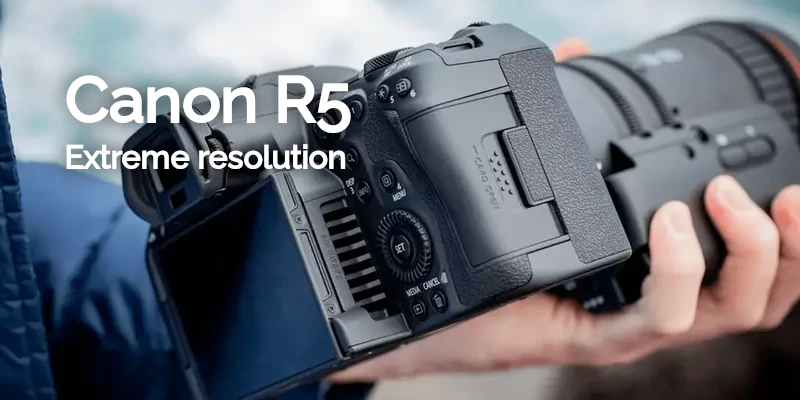What is EXIF metadata and why is it important?
EXIF, or Exchangeable Image File Format, is a standard that specifies the formats for images, sound, and ancillary tags used by digital cameras (including smartphones) and other systems handling image and sound files recorded by digital cameras. When you take a photo with a digital camera or smartphone, it doesn’t just capture the image itself. It also stores a variety of metadata about the image, known as EXIF metadata.
EXIF metadata includes a wide range of information such as:
- Date and time when the photo was taken
- Camera settings like aperture, shutter speed, focal length, and ISO speed
- GPS coordinates of where the photo was taken (if the camera has GPS capabilities)
- Camera manufacturer and model
- Thumbnail image for quick previews
- Shutter count of a camera up to that picture.
Uses of Storing Metadata in a Picture
Storing EXIF metadata in pictures serves several useful purposes:
- Organizing and Managing Photos: Metadata makes it easier to sort and organize photos. You can group pictures by date, location, or camera settings, making it simpler to find specific photos later.
- Enhancing Searchability: Metadata allows for more sophisticated searching capabilities. You can search for photos taken with a specific camera, at a specific location, or within a certain time frame.
- Improving Post-Processing: Photographers use metadata to better understand the conditions under which a photo was taken. This information can help in adjusting settings for future shots or in the post-processing stage to enhance the image.
- Geotagging: For photos with GPS data, metadata allows for geotagging, which links the image to a specific location on a map. This is particularly useful for travel photography and for creating photo journals.
- Authenticity and Provenance: Metadata can serve as a digital signature, providing information about the origin and history of the image. This can be important for verifying the authenticity of photos in journalistic and legal contexts.
Security Concerns of EXIF Metadata
While EXIF metadata is incredibly useful, it also poses certain security and privacy risks:
- Privacy Invasion: Photos containing GPS coordinates can reveal the exact location where the photo was taken. This can be sensitive if the photos are shared publicly, as it might disclose private places like homes or routine locations.*
- Exposure of Personal Information: Metadata can include personal information such as the exact date and time the photo was taken, which might be sensitive if shared without consent.*
- Data Manipulation: EXIF data can be manipulated, which might lead to misinformation. For example, changing the date and time stamps on a photo can mislead viewers about when and where an image was captured.*
- Cybersecurity Threats: Malicious actors can exploit metadata to gather information about a person’s habits, equipment, and locations, potentially leading to targeted attacks.
How to Read EXIF Metadata
Reading EXIF metadata can be done using various tools and software, depending on your platform: On Windows
Online Tools
There are numerous online tools available that allow you to upload a photo and view its EXIF metadata. Websites like exif.regex.info provide a simple interface for this purpose. Mobile Apps. You can also read it on our EXIF Metadata reader.
There are many apps available for both Android and iOS that can read and edit EXIF metadata. Apps like Photo Investigator for iOS and ExifTool for Android are popular choices.
File Explorer:
- Right-click on the image file.
- Select "Properties".
- Go to the "Details" tab to view the metadata.
Photo Editing Software: Programs like Adobe Photoshop or Lightroom allow for detailed viewing and editing of EXIF data.
On MacOS
Preview:
- Open the image in Preview.
- Click on "Tools" in the menu bar.
- Select "Show Inspector" and then go to the "Exif" tab.
On Linux
- Command Line Tools: Tools like exiftool can be used to read and manipulate EXIF data.
- Install exiftool using the package manager (sudo apt-get install exiftool for Debian-based systems).
- Run exiftool [filename] to display the metadata.
Summarizing Exif Metadata
EXIF metadata plays a critical role in the digital photography ecosystem, providing valuable information that enhances photo management, editing, and authenticity verification. However, it also comes with privacy and security concerns that users need to be aware of. Understanding how to read and manage EXIF metadata can help you leverage its benefits while mitigating potential risks.
